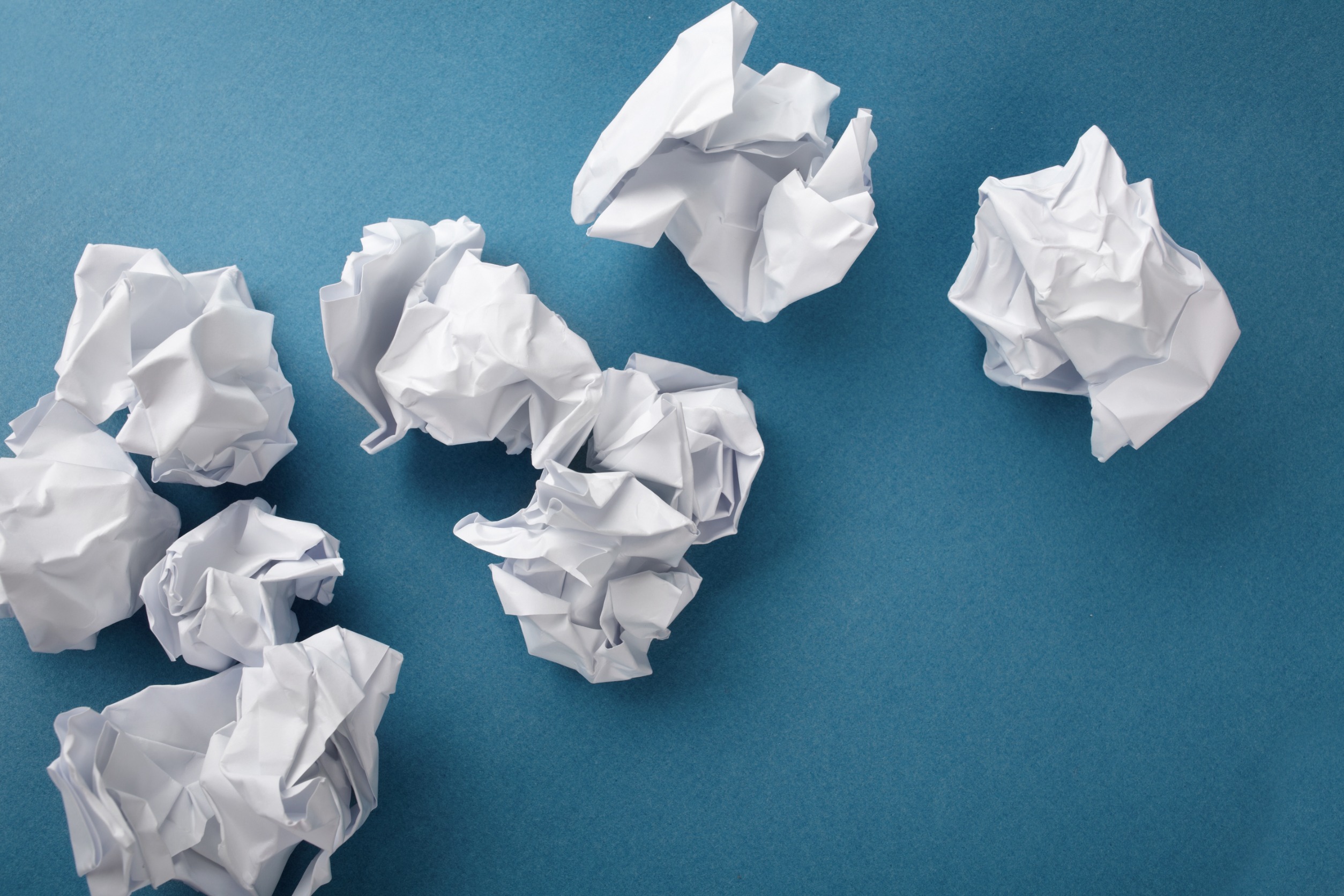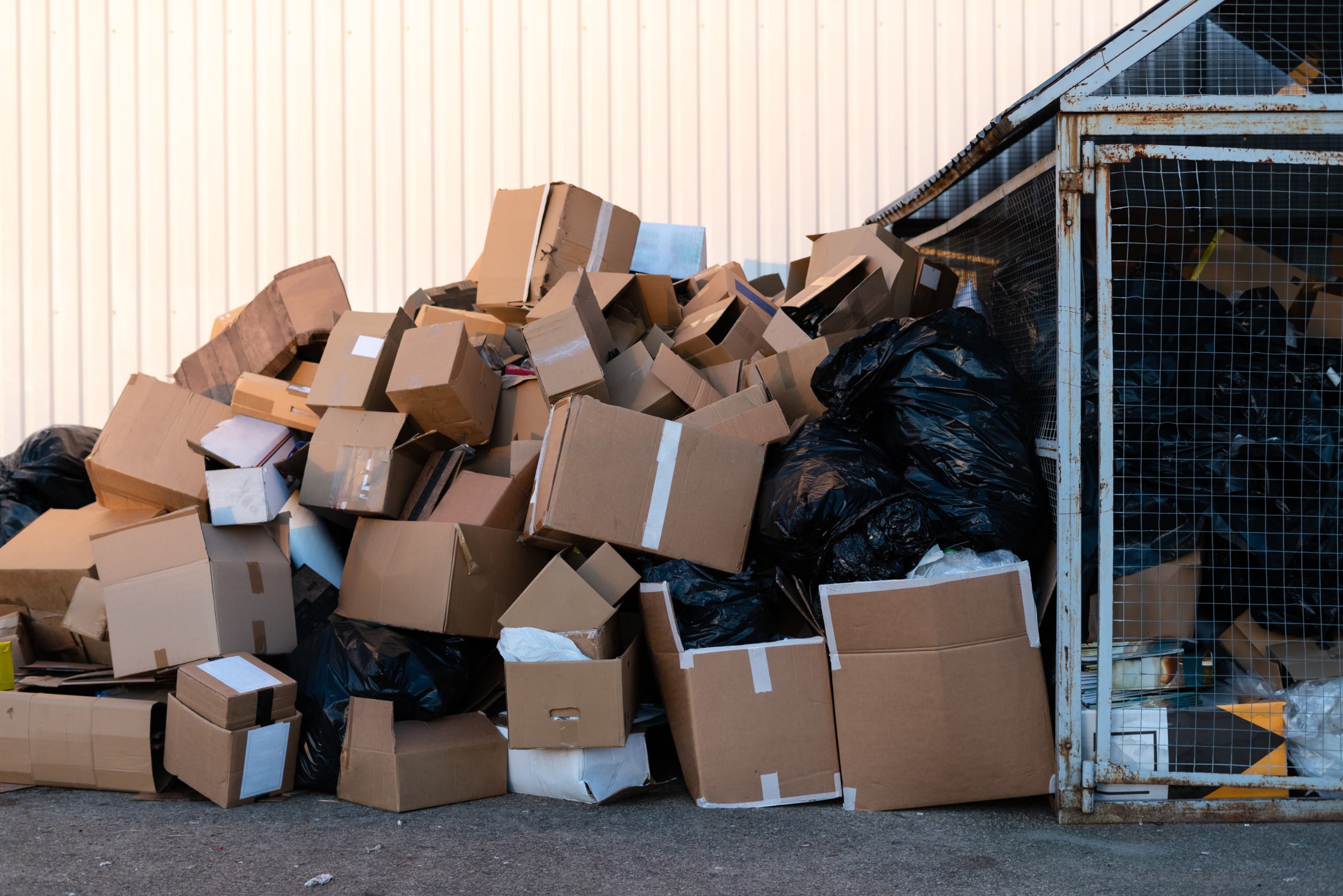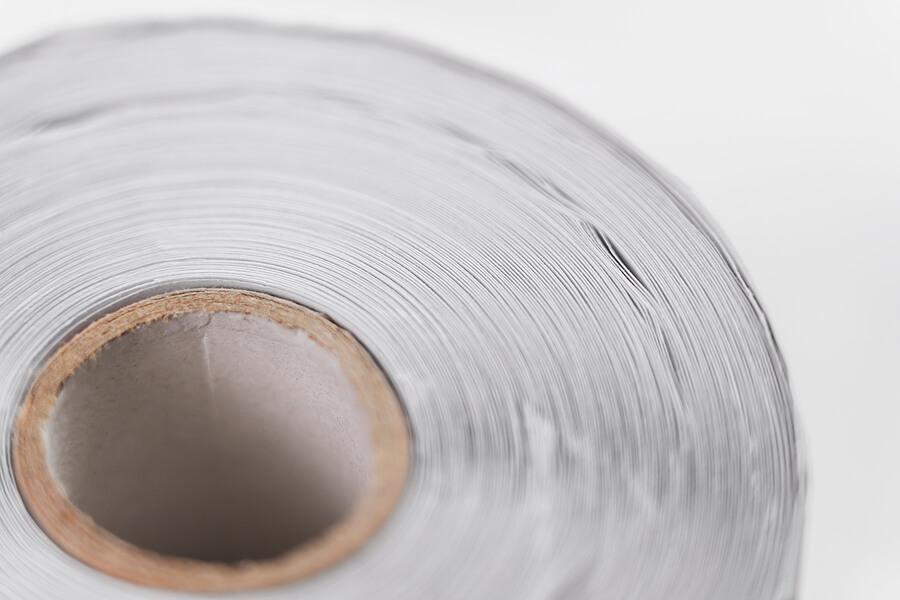Paper is a versatile material that can be reused and recycled over and over again. Paper products such as toilet paper, greeting cards, wallpaper, and more are often packaged in recycled paper. You might be surprised to learn how many things can be made from paper waste.
Find out why it’s good for the planet and the economy to recycle paper and learn how you can help the cause.
In what ways does paper recycling take place?
Recycling the paper and cardboard that people throw away from their homes and businesses is an intricate and interesting process.
The First Step: Sorting
The first thing that happens to your used paper at the paper mill is sorting. Glossy paper, regular printer paper, newspaper, etc., are all distinct types of paper, and each has its own category and subcategory. Recycling papers is more effective if you sort them by type.
Step two: shredding and pulping
Paper is shredded and turned into pulp only after it has been cleaned of any unwanted materials. In order to separate the paper fibers, the paper is first shredded into small pieces, and then water and other chemicals are added. The end product is a pulp that can be used to create new paper goods. Pulp goes through a brief cleaning process to get rid of any contaminants like paper clips and staples before moving on to the next step.
Step Three: De-inking
To “de-ink” the pulp, you must wash it to remove all traces of ink, glue, and other chemicals. Floatation is a more thorough cleaning process that may be necessary for some larger and stickier particles that are harder to clean. The pulp is then sent to a floatation vat, where air and surfactants are added. The ink and other debris cling to the airborne particles, rise to the surface, and are removed.
Fourthly, bleaching
The pulp undergoes either a bleaching or dying process to give the finished paper its desired hue. Hydrogen peroxide, oxygen, or chlorine dioxide can be added to create a white paper. When cardboard is being made, however, the pulp isn’t whitened.
Step Five: Drying and rolling out
Drying and rolling are the final steps in the paper recycling process.
To remove excess moisture, the pulp is fed between massive rollers before being run over hot rollers and wound into a massive roll. Manufacturers all over the world receive these rolls, which can measure up to 30 feet in width and weigh up to 20 tons, to incorporate into their recycled paper goods.
Recycling paper is good for the environment.
Material intended for recycling, such as paper and cardboard. Collections of cardboard boxes for reuse.
The practice of recycling paper at home or at the office has many positive effects on the environment. When you consider that each UK household wastes the equivalent of six trees’ worth of paper each year, you can see why proper recycling of such items is so important for protecting our finite natural resources.
Most paper and cardboard can be recycled, and reused paper reduces landfill trash and atmospheric pollution. Recycling paper can cut CO2 emissions by about 20% compared to burning it. Paper recycling has the major benefit of requiring much less energy than producing new paper goods. About 17 trees, 7,000 gallons of water, 380 gallons of oil, 3.3 cubic yards of landfill space, and 4,000 kilowatt-hours of energy are saved for every tonne of recycled paper. In addition, paper can be recycled multiple times, sometimes as many as seven, allowing us to preserve the world’s limited natural resources.
Paper recycling is a good investment.
Recycling paper has many financial benefits in addition to environmental ones like lowering carbon dioxide emissions, cutting down on water and energy use, and decreasing the need for landfills.
Paper recycling is a growing industry that needs people with the skills to sort and separate paper waste.
By reusing paper, businesses can easily meet their paper needs without increasing their environmental impact. A company’s green credentials help it avoid or pay less in environmental fines or taxes, while also improving its standing in the eyes of potential buyers.
Innovations in both technology and production have come about in part because of the paper recycling industry, and this trend will only increase. As scientists and engineers collaborate to advance the field, this growth also generates new employment opportunities.
Some products are made with a combination of virgin fibers and recycled paper to make it stronger. Most businesses prefer to use wood from FSC-certified forests because it helps sustain local economies and creates jobs for people in need.
One last thing: paper recycling is a part of the circular economy, which aims to extend the life of resources through repeated use. Switching to a circular economy could reduce waste, boost innovation, and create jobs, creating an economic opportunity worth $4.5 trillion.
What kinds of items contain recycled paper?
Green background with paper cutlery enclosed in a white cotton net bag.
Switching to recycled paper at home, the office, or the classroom is a simple process. These products are a great way to help the paper recycling industry while also taking advantage of the many perks of using recycled paper.
Cardboard
Wrapping paper color brown
Photocopying and printing paper
Tissue products such as toilet paper, paper towels, and hand towels
Pussycats’ Litter
Totes of H2O
Furniture
Products for Construction
Tongs, spoons, and chopsticks
Articles of clothing and handbags
lamps, sculptures, and vases are all examples of home decor.
Among the more out-of-the-ordinary paper goods are:



